The best filter holders: top filter holder systems for square filters
The best filter holder systems will be easy-to-use, secure and compatible with a variety of filters
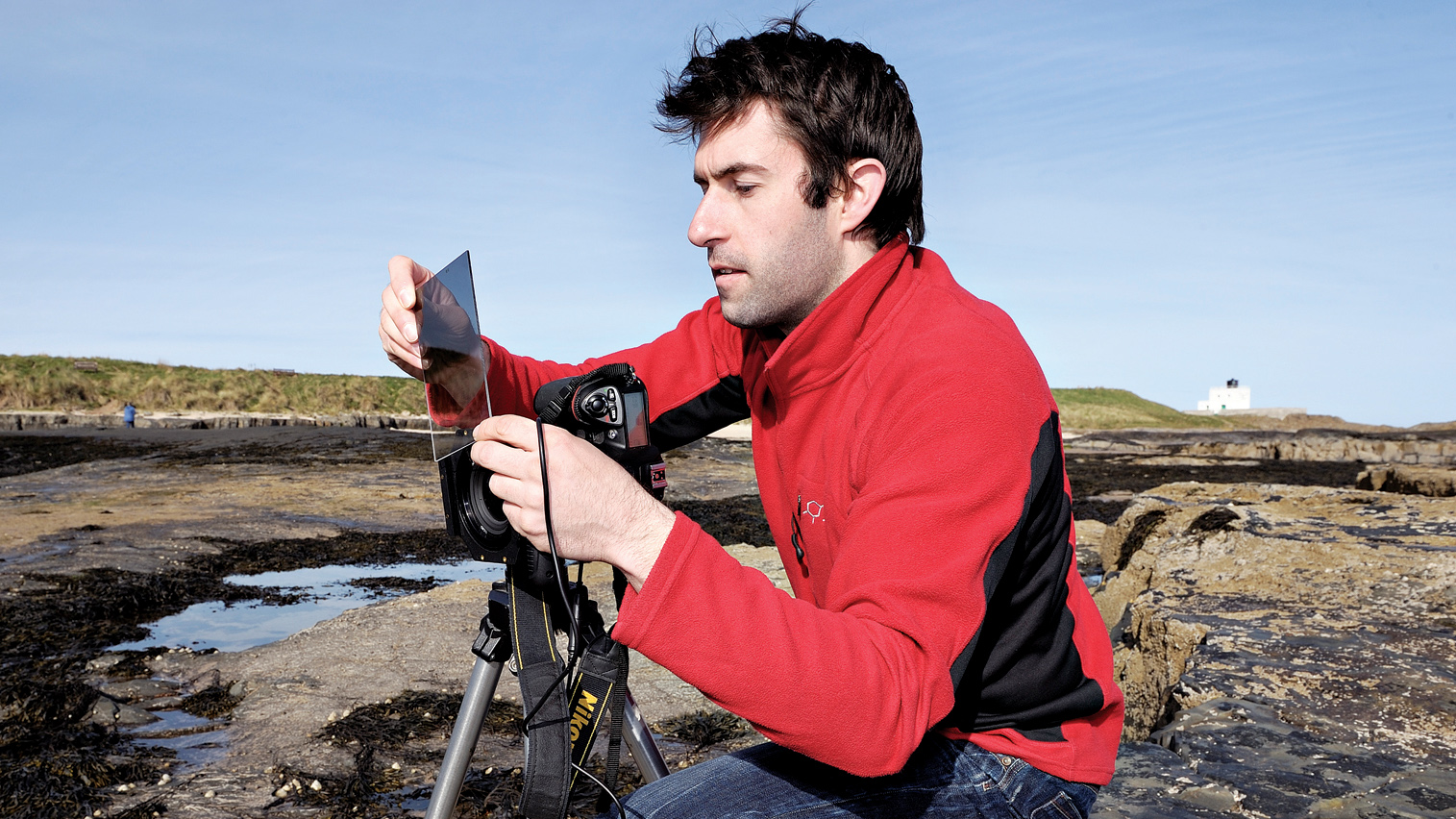
The best filter holders are an essential item if you are looking to invest in a filter system. They make it quick and easy to change between filters plus you can stack filters on top of each other. Rather than screwing in each filter, you can quickly drop them into place. Filters create effects that you may not be able to recreate in post-processing, and are particularly useful to landscape photographers for getting correct exposures.
While it may seem more cumbersome at first glance, a square filter holder system can be much easier to use than a collection of screw-in circular filters. One of the main reasons for this is that you can switch between different-sized lenses with ease. Different lenses have different filter threads, so if you're using circular filters, they may not transfer between lenses; square holders allow you to buy adapters to work around this problem. It's more cost-efficient in the long run.
There's also the fact that some filter types work much better in a square system. We're thinking in particular of neutral density graduated filters (or ND grads for short): you have the flexibility with a filter holder to move the gradient up or down, depending on the needs of the scene, like the position of the horizon in your composition.
Different filter holders come in different sizes. In this guide, we've concentrated largely on 100mm filter holders, which the most popular among photographers. This size is designed for those using a DSLR or a high-end mirrorless system; if your setup is smaller than this, other systems may be more cost-effective as you invest in more filters over time.
Another thing worth noting is that some filter systems don't work too well with ultra-wide lenses, (i.e. wider than 16mm full-frame equivalent), as they cause pronounced vignetting. If you're going to be using lenses like this, it's worth making sure you get a system that interacts well with them. We've included a system from Cokin that is specifically designed for this kind of photography.

Phil used to work on What Digital Camera magazine, and was the editor of Techradar's camera channel. He is an accomplished photographer - and although his passion is shooting cars, he also loves shooting landscapes, so he has bags of experience with filter systems and holders.
The Quick List
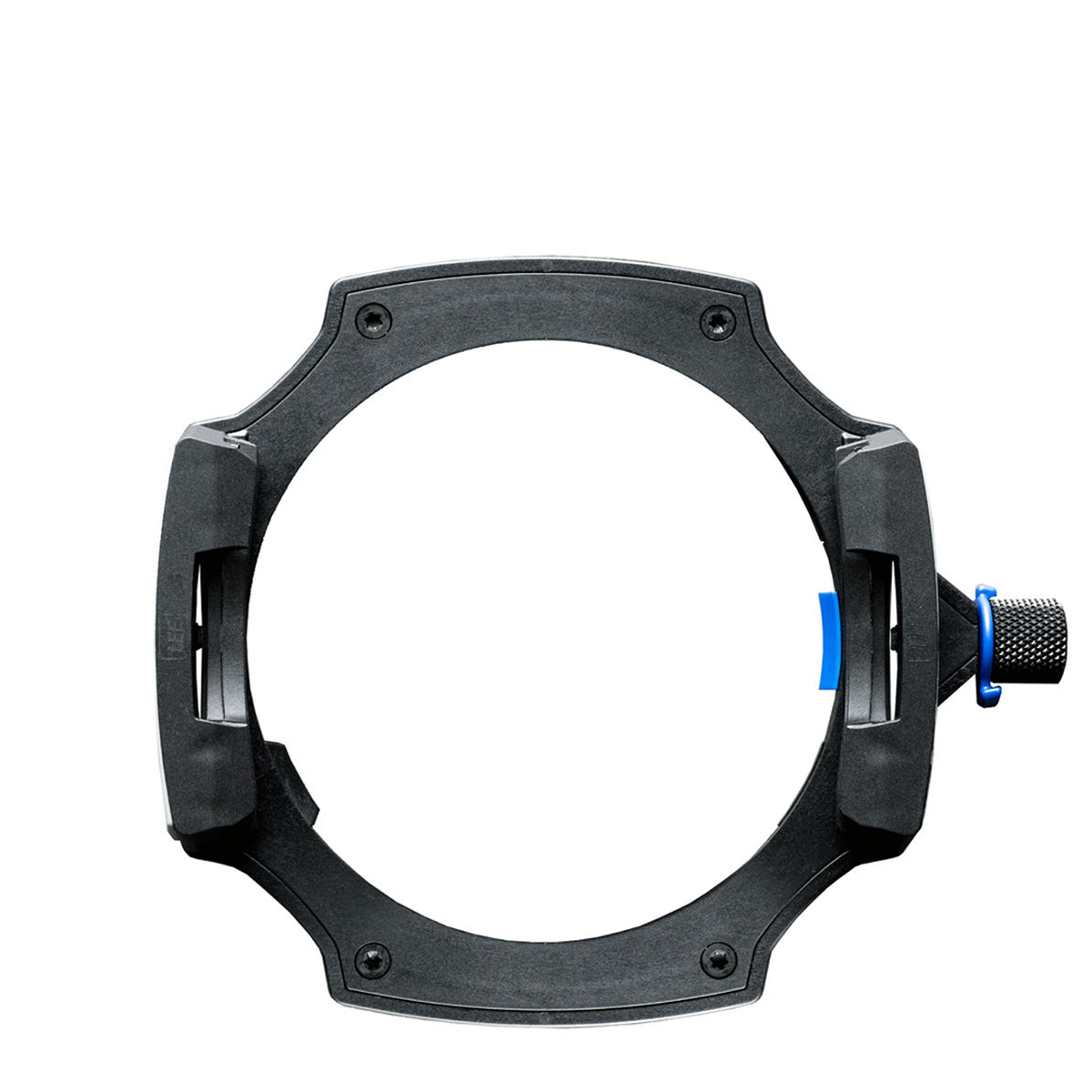
Other filter systems may offer more bells and whistles, but this quality setup from the famous filter maker is a safe bet. Read more below…
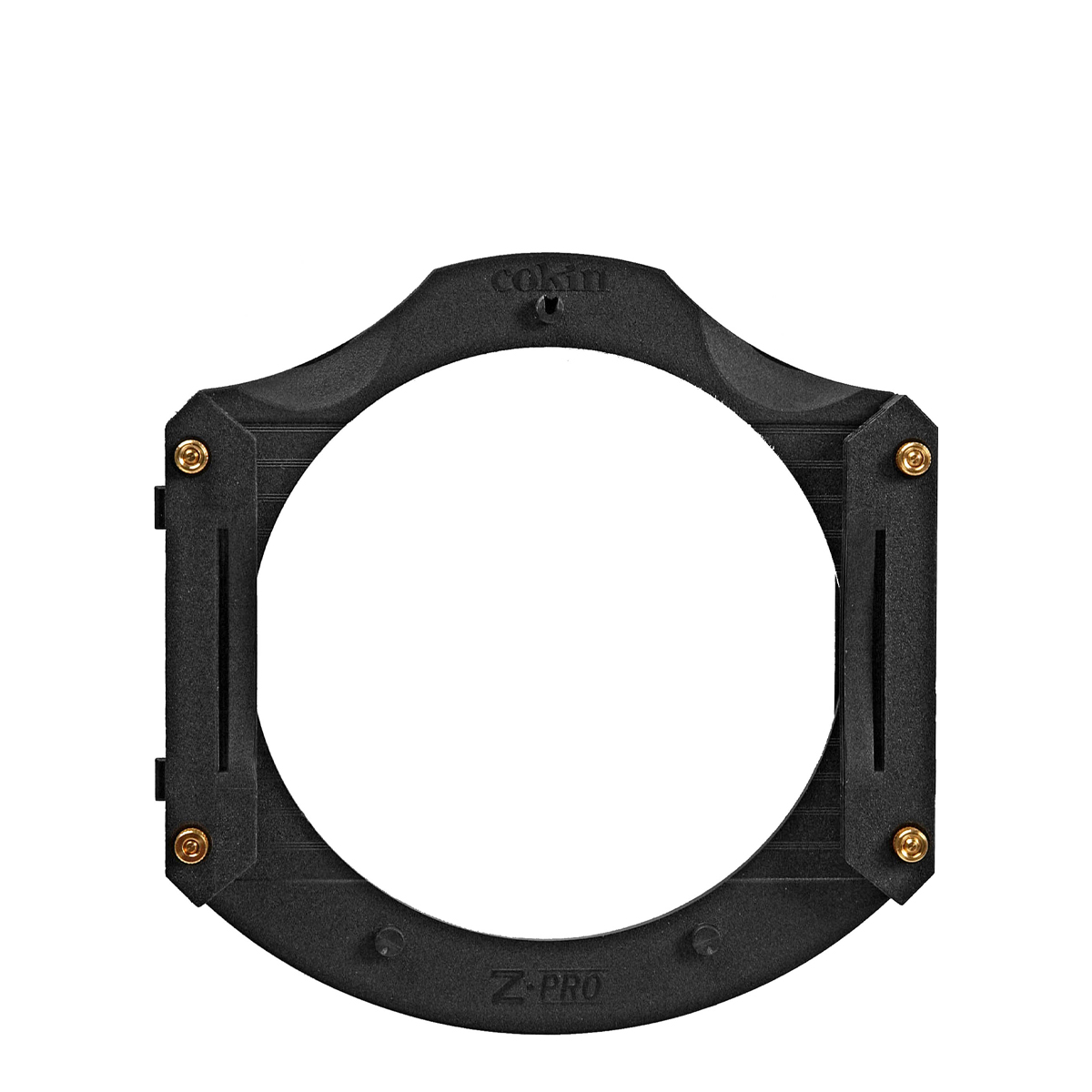
Here’s an affordable way into building your own filter system, with a good-value holder and plenty of decent, affordable filters. Read more below…
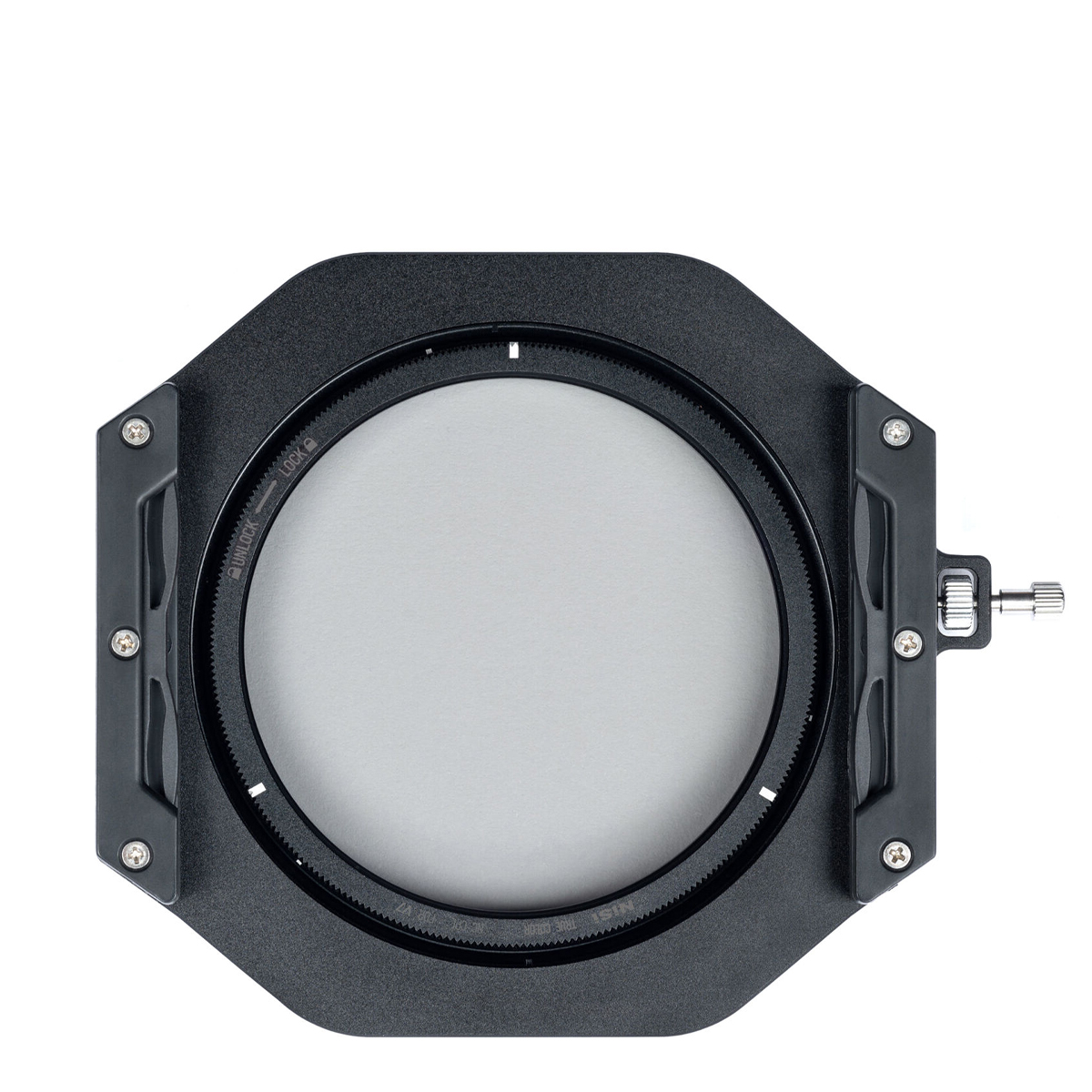
This holder goes beyond the basics with a space for a circular polarizer as well as square filters – the polarizer comes with this kit. Read more below…
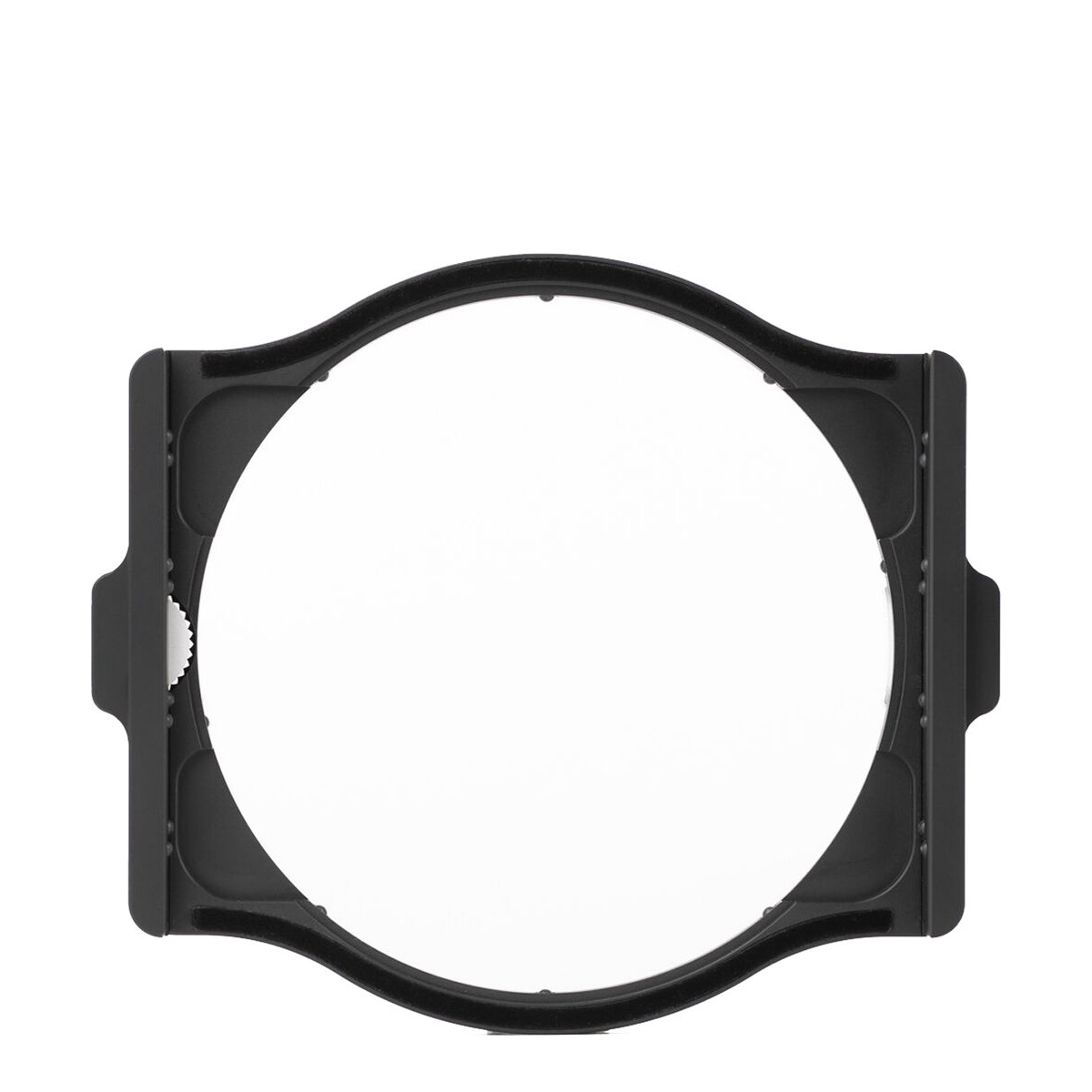
The broad field of view in wide-angle lenses can challenge some filter systems, but Cokin has tested this system on popular wide lenses. Read more below…
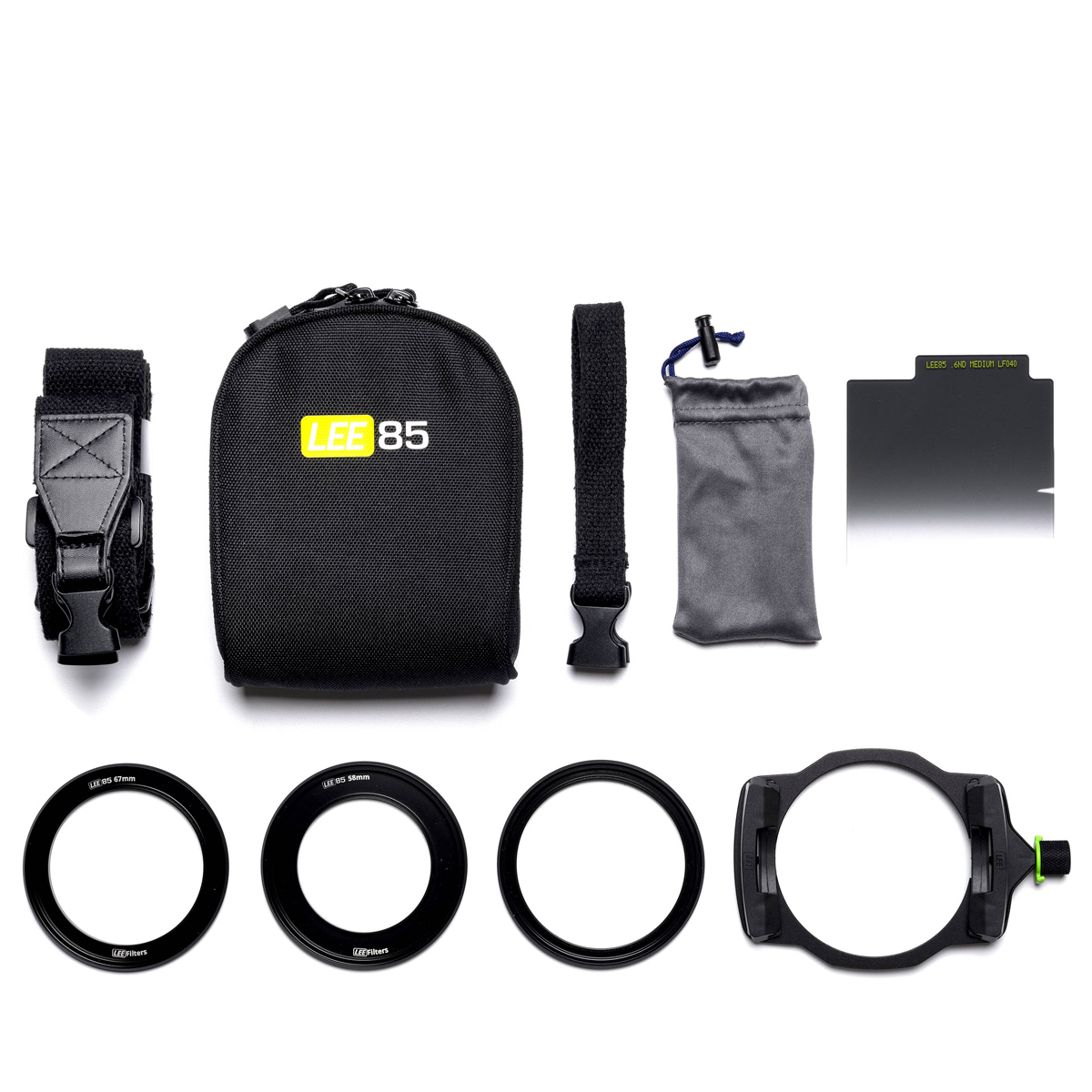
Standard 100mm filters can be overkill for the smaller lenses of modern mirrorless cameras, but Lee has a comprehensive 85mm system. Read more below…
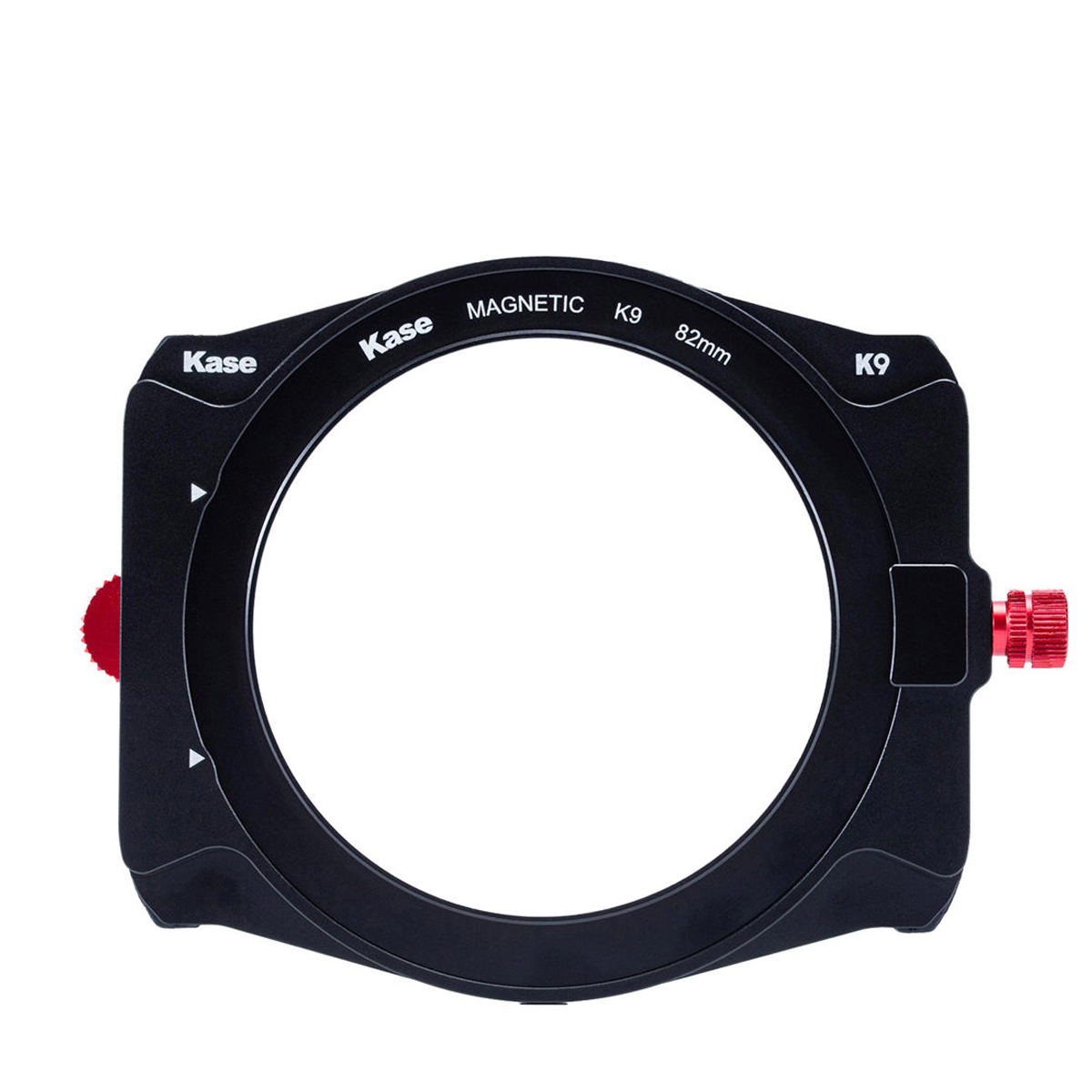
This kit, which includes a snap-on circular polarizer, is the foundation of a filter system based on Kase’s toughened Wolverine filters. Read more below…
View the full list ⤵
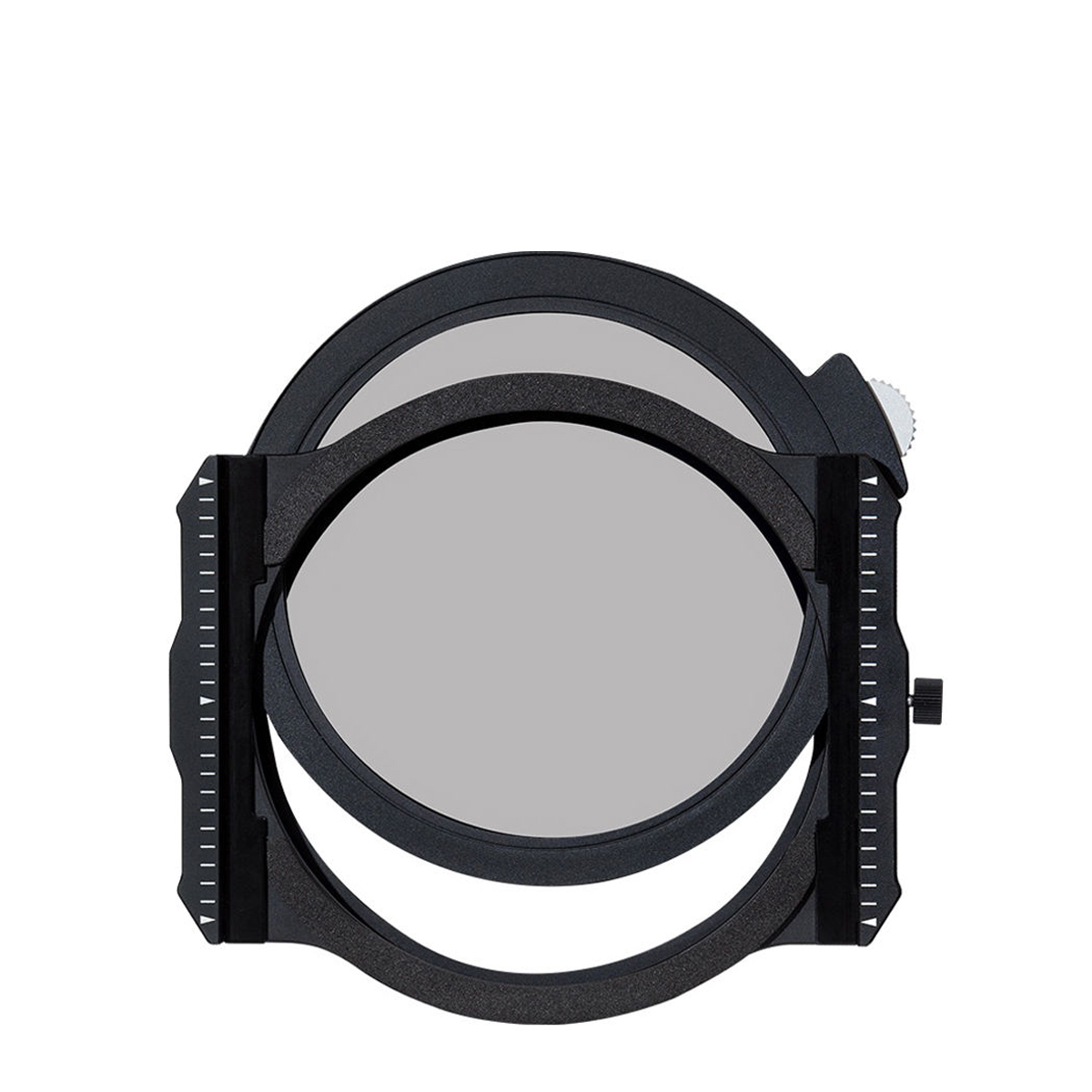
Slot your filter into a frame before you shoot, and you can simply snap it onto the filter holder using magnets, and stack multiple filters. Read more below…
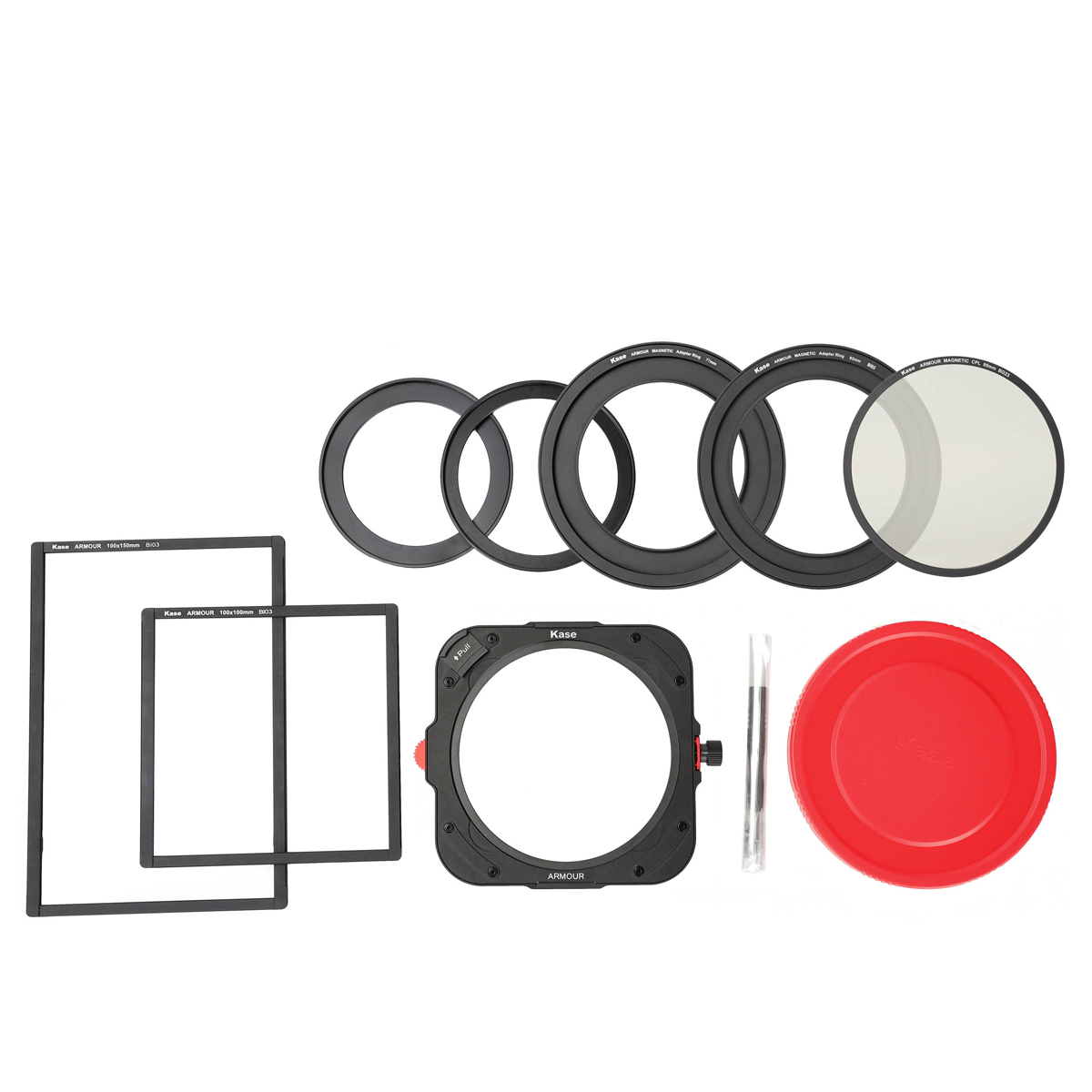
This hybrid system accepts magnetic frames holding square filters and the Armour system’s own Magnetic Circular Filters. Read more below…
Best camera filter holders
Why you can trust Digital Camera World
Best starter filter holder
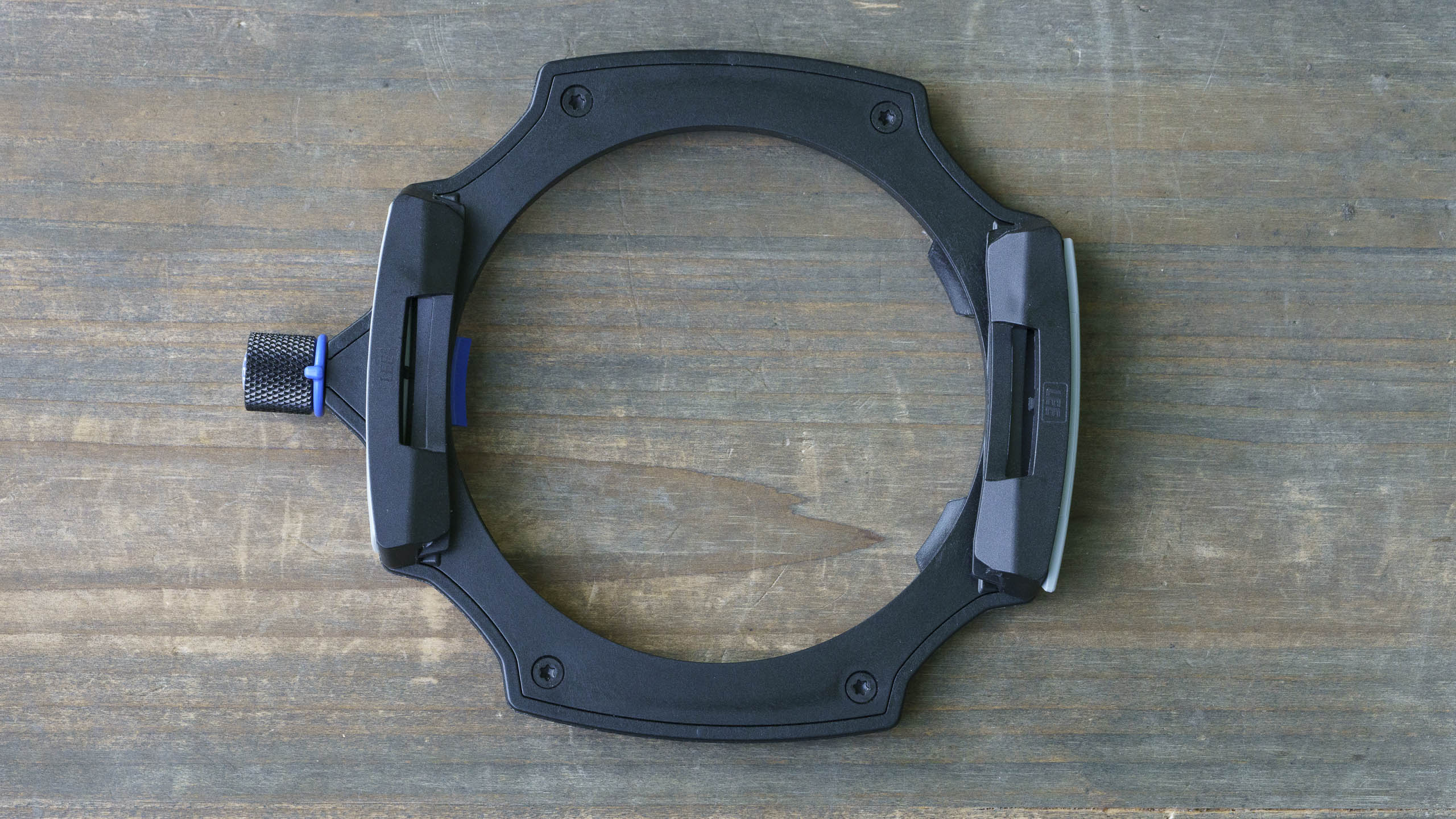

Specifications
Reasons to buy
Reasons to avoid
Filter systems can seem bewildering if you’re not used to them, so there’s something to be said for going with a brand that is reliable and good-quality, even if it lacks some of the more advanced features you may find in other systems. Lee Filters has been around since 1967, so it's no surprise it’s the leading brand when it comes to filters and filter holders. It’s the go-to for landscape photographers, and its recently redesigned filter holder makes the setup even easier to use.
Lee has done away with the fiddly screw on its previous holder in favor of a multi-function locking dial, which secures the filter in place and locks the angle of the filter. If you've already invested in the older system, you can use the filters you already own in the new holder.
The filter holder can take up to three filters at a time so you could stack a UV, a polarizer and an ND filter if you wanted to.
Read more: LEE100 Holder review
Best budget filter holder
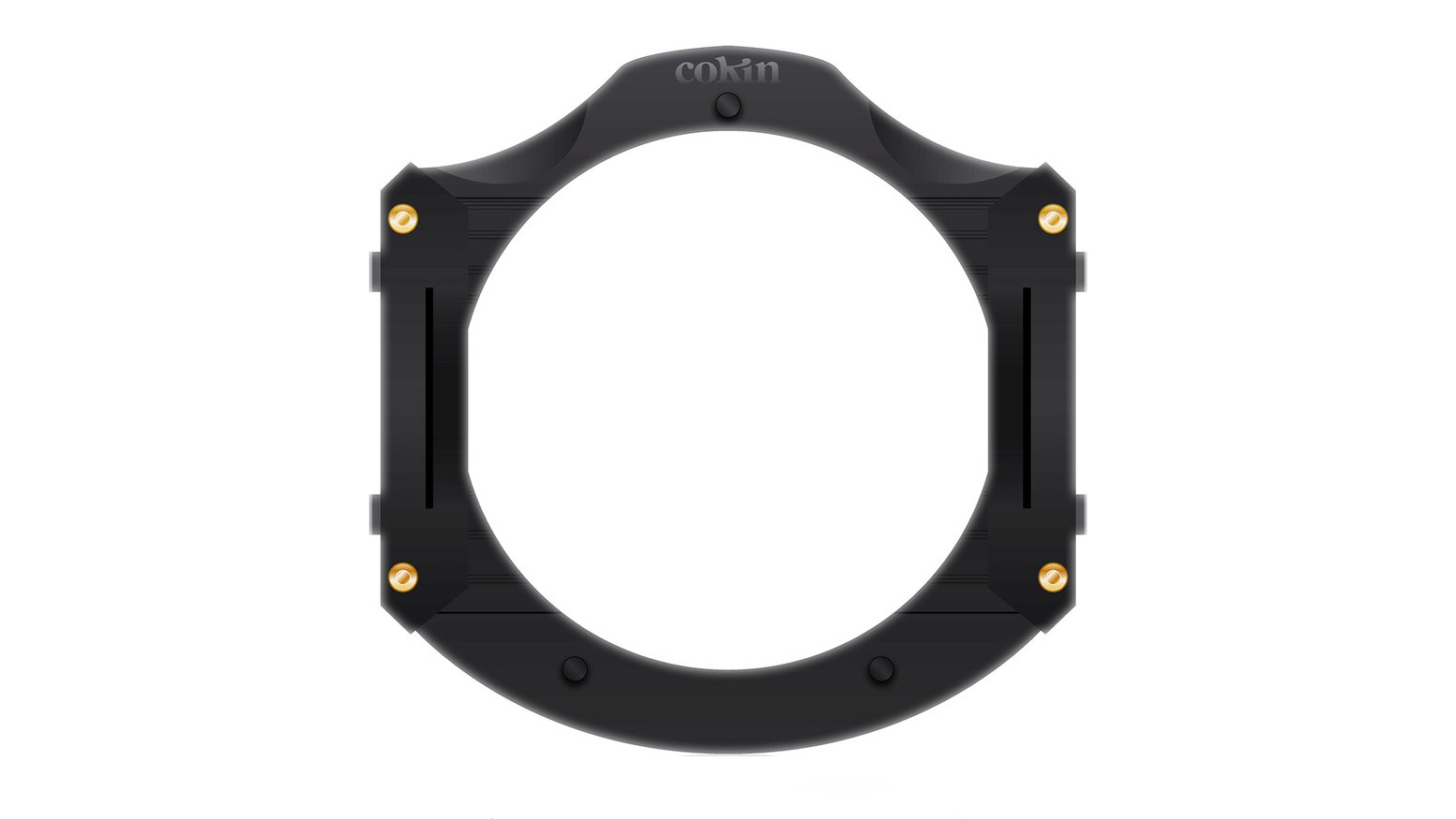
2. Cokin Creative Z Series Filter Holder
Specifications
Reasons to buy
Reasons to avoid
Cokin’s been making filters and filter holders since 1972, and its affordable prices have meant that it’s been a firm favorite with new users and students alike. Cokin offers a range of different filter holder sizes (and supporting filters) for those on a budget, but we’re going to focus our attention on the Z Series, which accommodates 100mm width filters.
The Z Series is a little less basic than Cokin’s A and P Series of filter holders (A, P and Z essentially represent small, medium and large), but it’s still a pretty stripped back piece of kit. One nice touch is the filter configuration. On the front are two filter slots and a space for a polarizer, but there’s also a slot on the back. The idea is not that that you’d use four filters stacked together, but rather that the filter holder can be mounted in reverse when you want just a single filter on the front, reducing the risk of vignetting.
Best filter holder kit with a polarizer
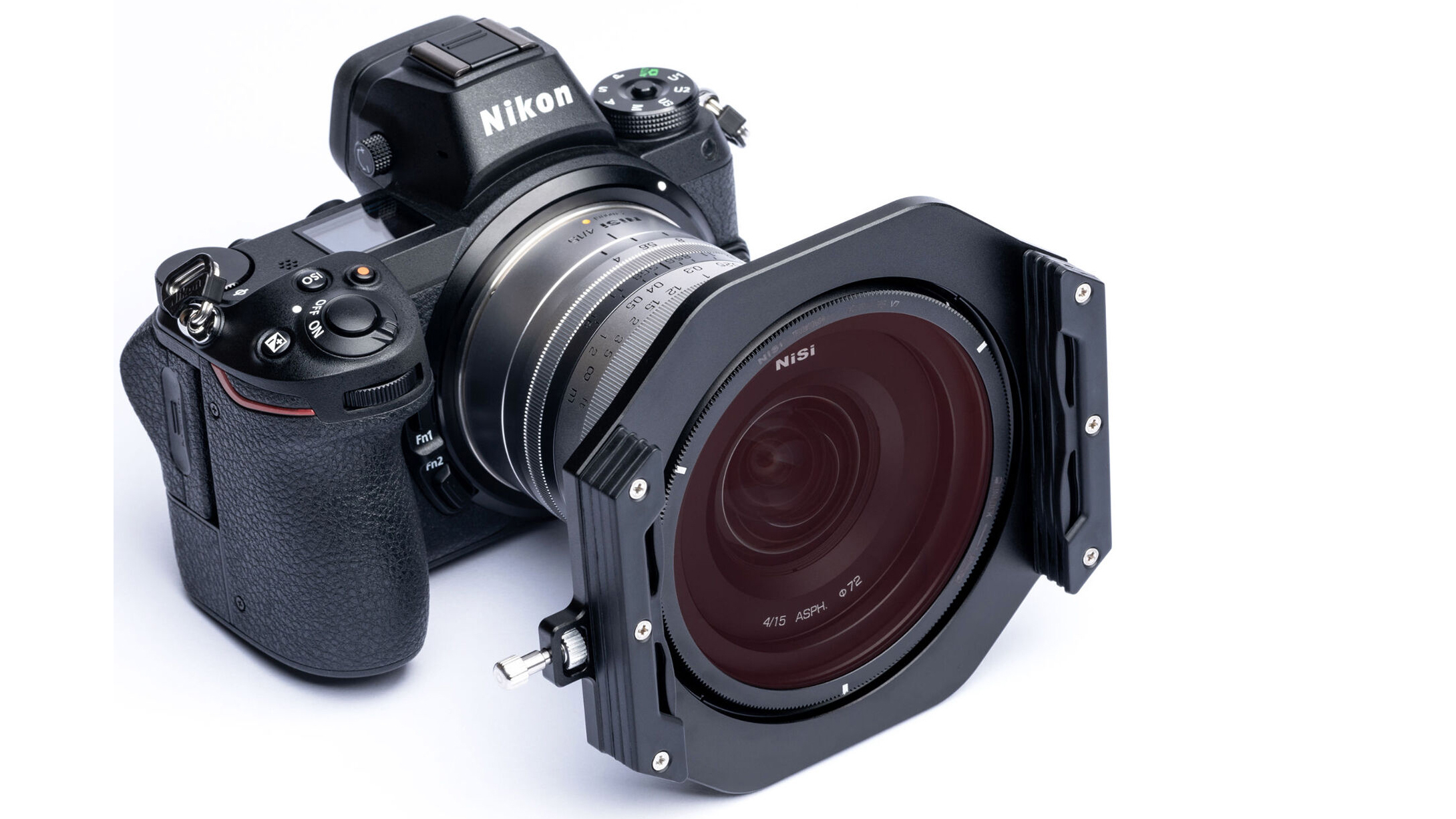
Specifications
Reasons to buy
Reasons to avoid
NiSi is a newcomer to filters compared with the likes of Lee, with the company established in China in 2005. There’s now a range of over 100 filters; as well as 100mm filters, it also produces circular filters and smaller filters for the likes of Sony’s RX100 series of compacts.
The V7 Holder sports what NiSi calls aviation-grade aluminum construction. The design of the filter holder can accommodate a circular polarizer (included in this kit), which means you can rotate the polarizer to its most effective angle while using square filters for other effects. There are three slots available, and there are three step-up rings supplied, along with the 82mm adapter ring. It’s a great-value system.
Best filter holder for wide-angle lenses
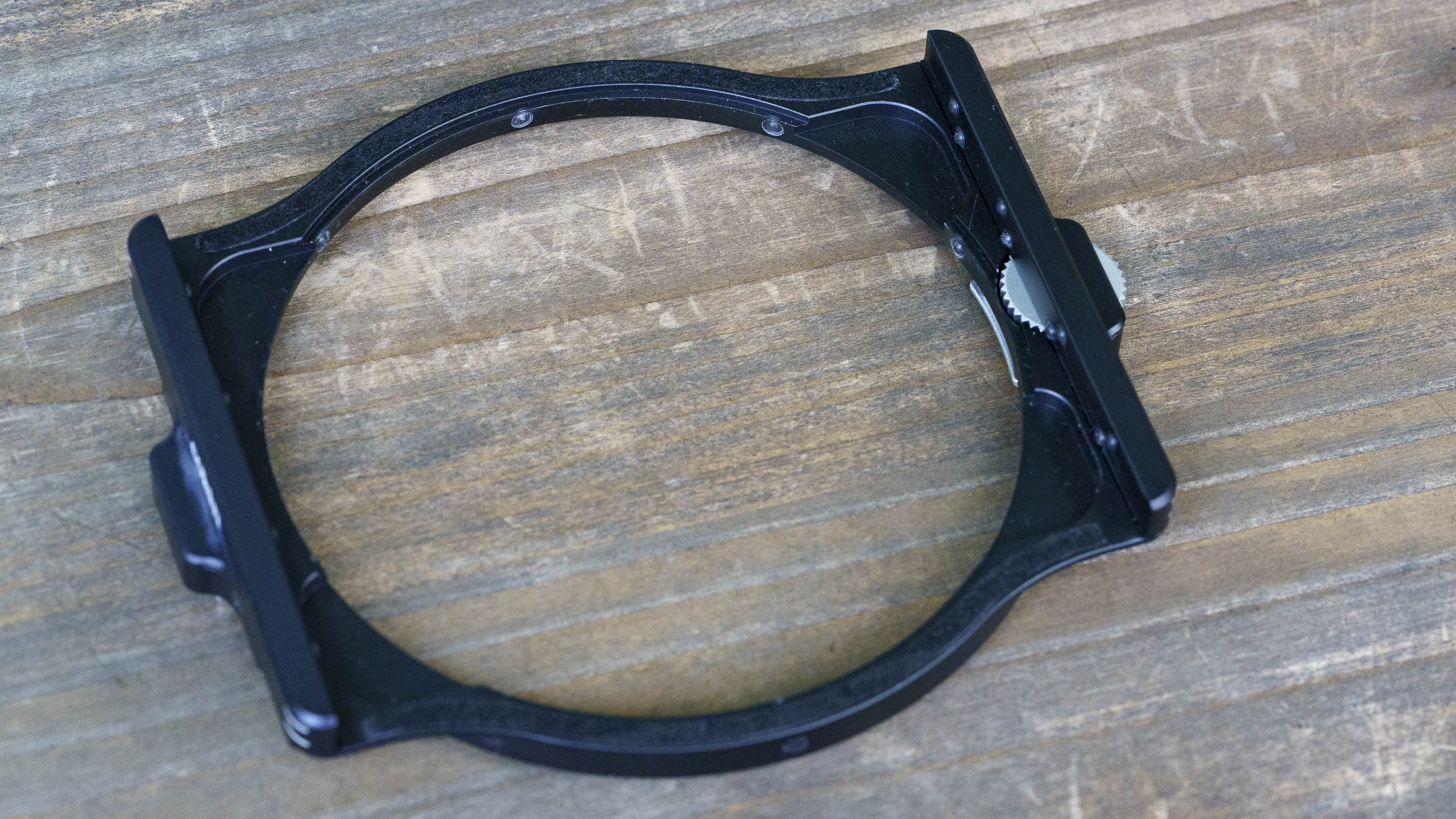
Specifications
Reasons to buy
Reasons to avoid
Two things you'll find landscape photographers using a lot are ND filters and ultra wide-angle lenses. However, the two are often not all that compatible, as the thickness of the filter holder and of the filter itself can cause pronounced vignetting at the corners of images, cutting into the usable field of view.
Enter the Cokin NX Series filter system, which has been specifically tested with a number of popular camera/wide-angle combinations. Cokin's tests have reported no no visible vignetting, for example, when using the filter system with the Sony FE 16-35mm f/2.8 on a Sony A7R II, the Canon EF 16-35mm f/2.8L III USM on an EOS 5D Mark III, and the Fujfilm XF10-24mm f/4 wide-angle on an X-T3. The tests found only very slight vignetting with the Canon RF 15-35mm f/2.8 and Nikon Z 14-30mm f/4 wide-angle lenses.
The NX system works slightly differently than other square filter systems, with the filters needing to be slotted into place before the rig is attached to the camera. It's worth noting that the filter isn't universally compatible: it'll take filters that are 2mm thick, but not the ultra-thin 1.1mm type. It'll take popular models like the Lee Filters Big Stopper, but if you've already got some filters from a different brand, it's worth double-checking.
Read more: Cokin NX Series filter holder review
Best filter holder for small cameras
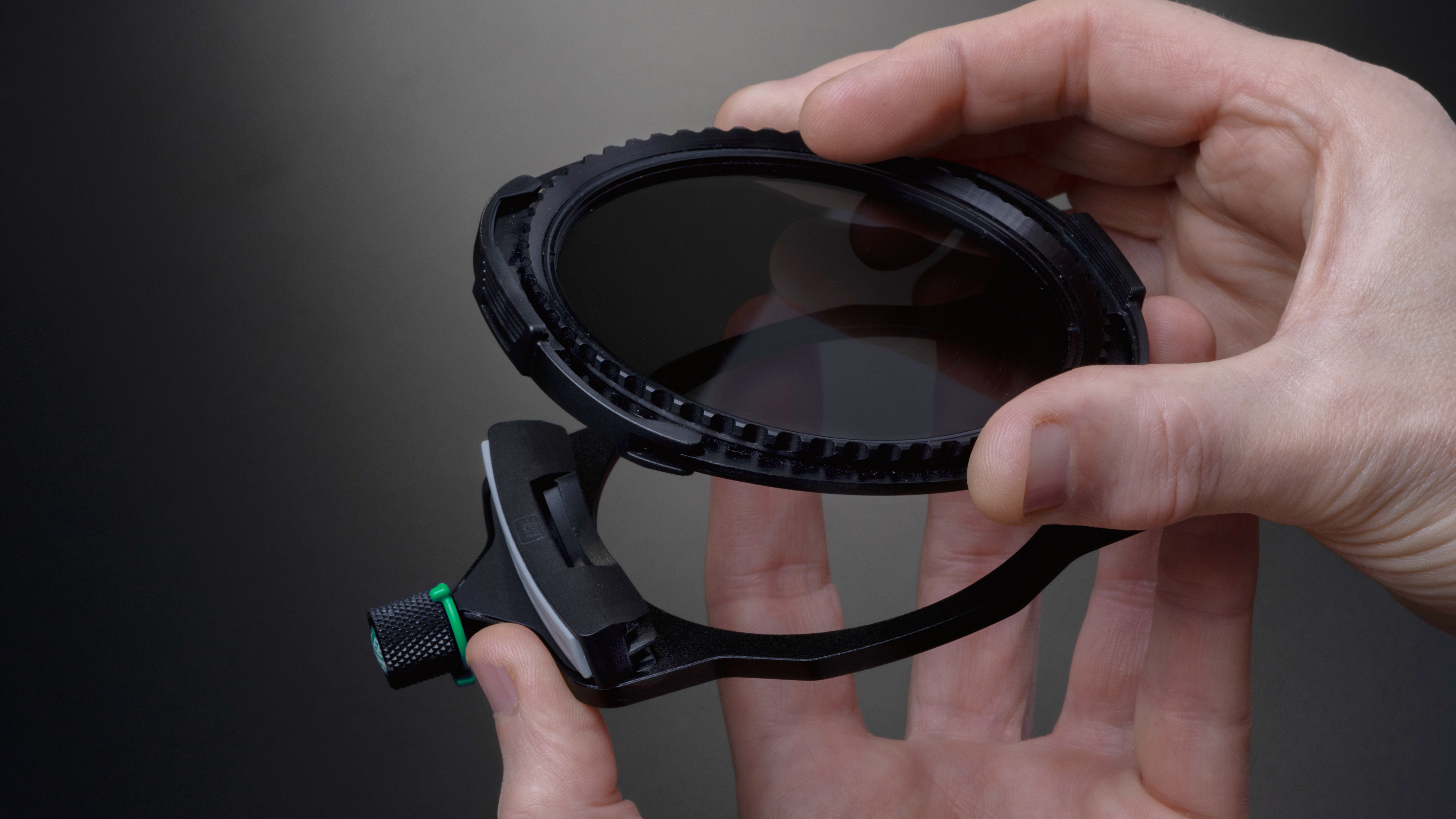
Specifications
Reasons to buy
Reasons to avoid
Smaller than the LEE100 system and replacing the Seven5 system, the LEE85 system is aimed at those looking for a more compact filter solution for mirrorless cameras without compromising on quality. Where many of the sytems we look at here let you buy a holder then add the filters you choose, you have to buy one of four LEE85 kits containing a holder and different filters to get started here.
The Discover Kit is a good basic option, containing the filter holder, three adapter rings (58, 67 and 72mm – other sizes are available separately) and a 0.6 Medium ND Grad, as well as a system pouch.
Lee Filters has re-imagined its ND and ND Grad filters for the LEE85 system: they now feature a grip tab on the top, allowing you to quickly see which filters are being used, while also making it that bit easier to remove filters from the mount. As we’ve come to expect with Lee Filters, filters slide smoothly into the filter guides on the holder and are held snugly in place, while changing the filter configuration to accommodate one, two or three filters is a hassle-free process.
Best tough filter holder system
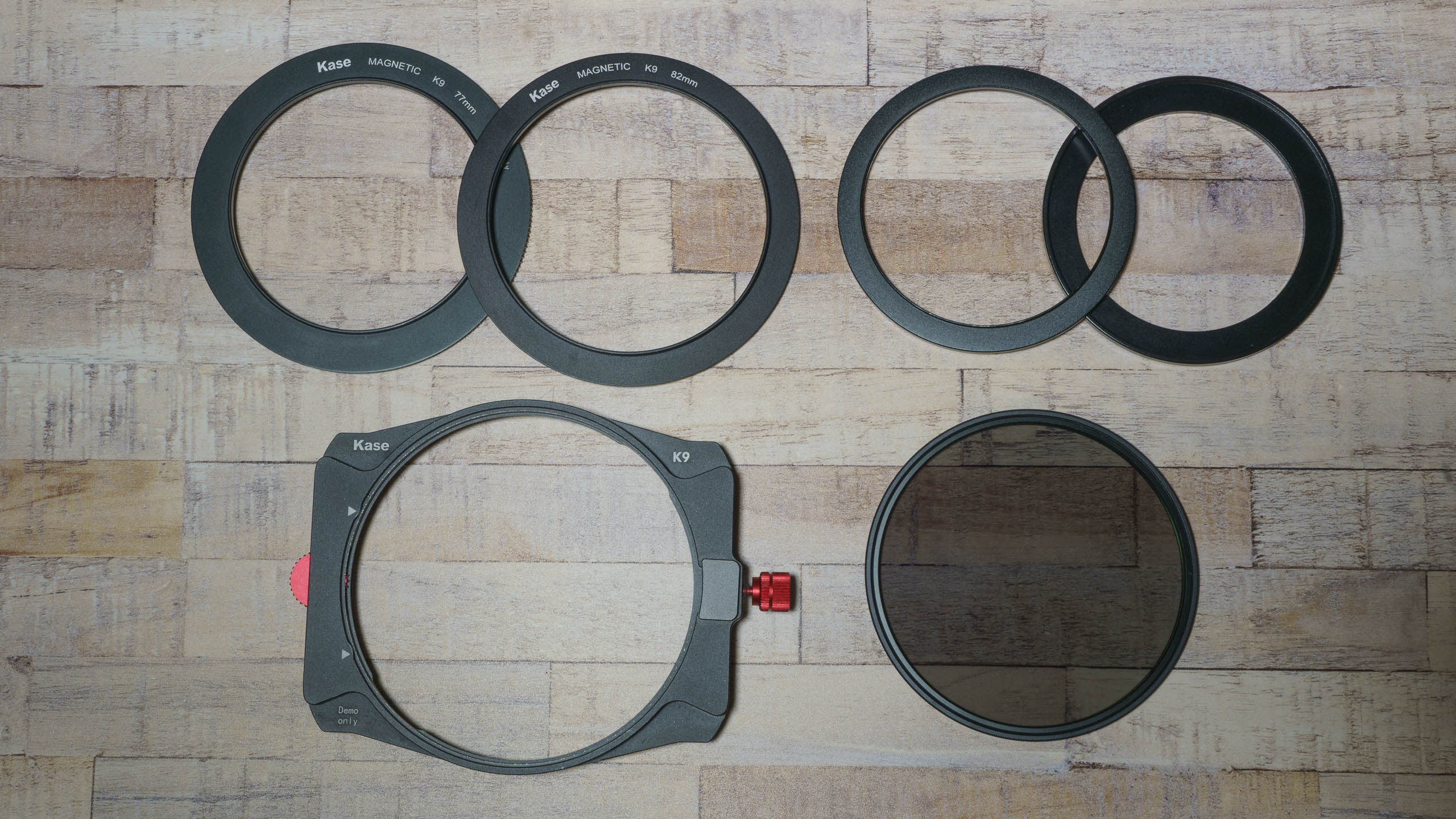
Specifications
Reasons to buy
Reasons to avoid
The Kase K9 filter holder kit is a smart filter system, constructed from aluminum and able to accommodate up to three 100mm-wide filters. It's designed to take 2mm filters but can be configured to support 1.1mm filters too. Kase’s own Wolverine filters are made from toughened glass, which the manufacturer says will provide extra protection while you shoot on location.
There's space on the holder for a 90mm circular polarizer, which is magnetic. This makes it easy to snap the polarizer on and off as you need it. The holder uses a geared filter ring, allowing for easy rotation independently. It also comes in a stylish tan leather case, so you can keep all your filters safe and scratch-free.
Read more: Kase Wolverine Series K9 filter holder review
Starter filter holder frame system
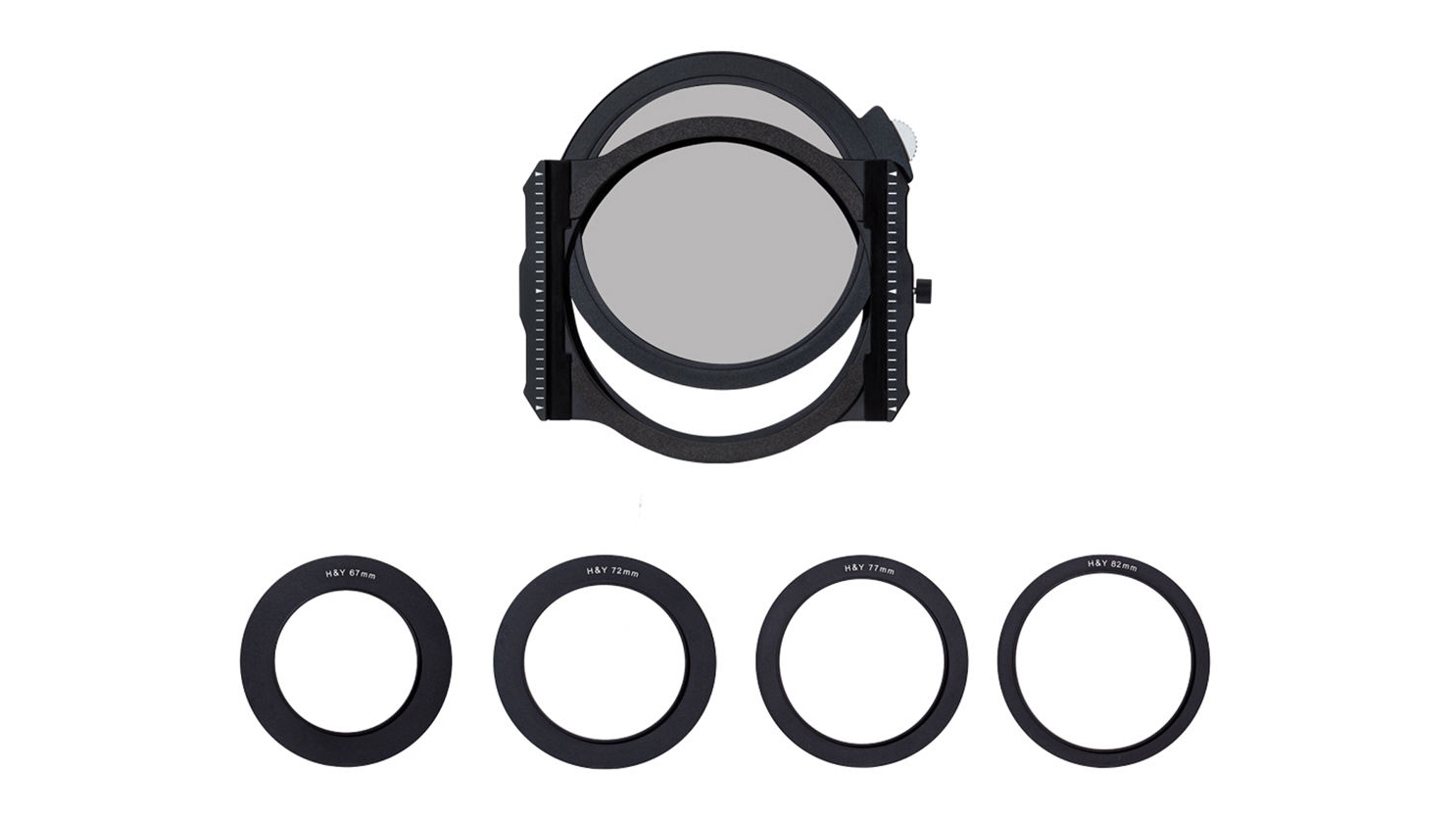
7. H&Y K-Series KH-100 Filter Holder Kit
Specifications
Reasons to buy
Reasons to avoid
H&Y has ripped up the filter holder rulebook and done things a little differently here: Instead of sliding your filters straight into the holder, you first place your filter in a magnetic filter frame (either 100x100mm or 100x150mm filter frames are available), then simply offer it up to the filter holder and it’ll snap into place via magnetism.
This snap-on, snap-off approach can really speed things up out in the field, and you can place frames on top of each other to stack filters. Don’t worry about ND grads either – these can be easily moved up and down on the holder to suit the composition.
It’s a really clever idea that works well, but is not without drawbacks. Removing and inserting filters in frames while you’re shooting defeats the object, so you’ll either need to choose which filters to use from home and slot them into frames before you take them out, or to invest in one frame for each filter you own, which is convenient buy potentially costly.
Premium filter holder frame system
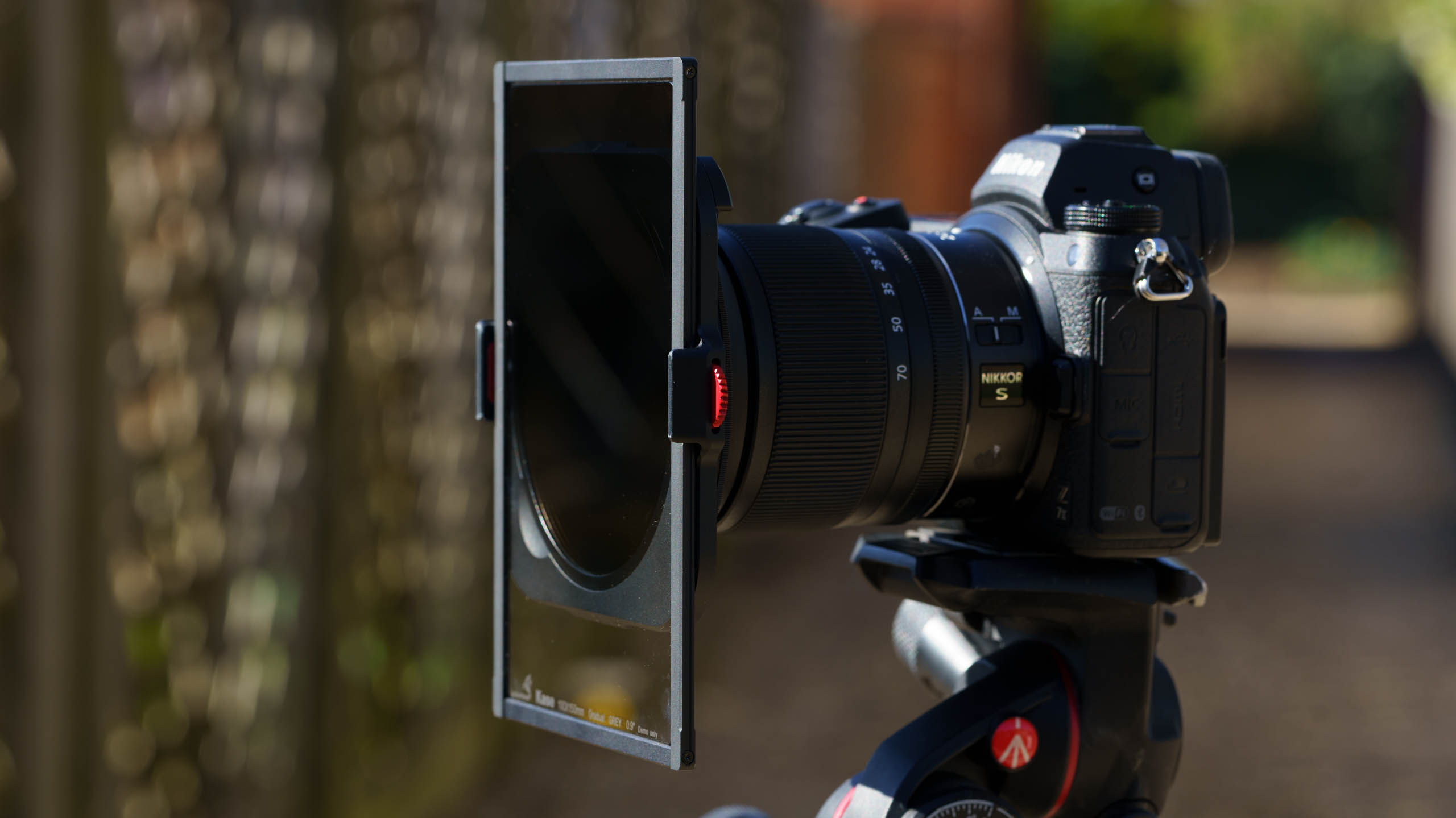
Specifications
Reasons to buy
Reasons to avoid
Kase’s latest holder system uses frames: you place each of your 100mm filters in its own frame, which simply snaps on or off the filter holder mounted on your lens. So while there’s certainly an investment in terms of the number of filter frames you might need, adding and changing filters is a doddle while you’re on location, which is where it matters.
The 100mm filters recommended for this system are Kase’s own Wolverine series, which uses toughened glass and coatings for extra protection in the field.
The same filter holder enables you to add Kase Armour Magnetic Circular ND filters in the same easy snap-on manner, for easy long exposures. (Note that these filters are distinct from Kase’s Wolverine Magnetic Circular Filters, which are not compatible with the Armour system.) There’s also a circular polarizer option, and the holder has a geared control to let you rotate the polarizer to the precise angle you need.
We had an Armour Holder Kit in for testing, which includes step-up rings and a circular polarizer. We found it really easy to add and remove filters when we wanted; at the same time, it was difficult to dislodge a filter by accident, which is reassuring. The filters themselves are high-quality, so there’s a lot to recommend about this system.
Read more: Kase Armour Filter System review
How to choose the best filter system
Why do I need a filter system and filter holder?
Lens filters enable you to create custom effects for your images in-camera, rather than adding them later in an image editor on your computer. Optical effects can often look more natural than digital effects – and there are some, such as polarization, that are very difficult or impossible to reproduce on a computer.
You could use circular filters that screw onto your lens, but many photographers prefer to invest in a filter holder, which you slot square or rectangular filters into. As you add filters to your collection, you are building a filter holder system.
A filter holder is essential if you want to use an ND grad filter, because only a filter holder enables you to love the ND grad up or down to suit your image composition.
How do I get started?
You can either buy a filter holder on its own and choose one or two filters to start your collection, building up as you gain more experience; or go all-in and invest in a kit, which adds selected filters to a filter holder. This guide is focusing primarily on the first path.
If I buy a filter from one company, do I have to buy all my filters from the same company, or can I use other brands?
The safest option is always going to be to build your filter collection through the same company. But many are interchangeable, as long as you use the same size, such as the widespread 100mm configuration.
The main pitfall is that filters come in different widths: 2mm is the more common width, but there are plenty of 1.1mm filters around as well. But there can be more subtle shape issues that make cross-brand filter use difficult: we’ve found, for example, that Kase and Lee filters are shaped differently at the corners, which makes it fiddly to slot a Lee filter into a Kase K9 holder.
If you have a filter collection from one brand and want to switch to another brand but still use your existing filters, consult online forums to check how other photographers fared when they made the same transition.
What else do I need to bear in mind?
Your filter holder should come with what are called adapter or step-up rings, which enable your filter holder to fit onto different-sized lenses. If the holder or kit you buy doesn’t include an adapter for your preferred lens size, you will need to buy a separate ring as well.
How we test filters
When we test filters, we look at both optical performance and general build quality – how robust the filter feels, how easy it is to use and how securely it attaches to the lens. We use a combination of real-world and lens testing to inform our comments in reviews and buying guides. For filters, we test light transmission levels, color neutrality (i.e. if the filter introduces a cool or warm cast) and the impact a filter has on image quality.
Find out more about how we test and review on Digital Camera World
Get the Digital Camera World Newsletter
The best camera deals, reviews, product advice, and unmissable photography news, direct to your inbox!
Phil is the Managing Editor of Top Ten Reviews, and is a former Editor of Techradar's camera channel. He is an accomplished photographer, and specializes in shooting cycling and fast cars.
